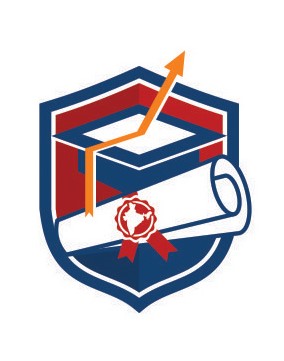A majority of the universities in Italy are among the oldest in the world. In addition, Italy's high educational level and economical tuition fees have drawn many international students over th

- 28

A majority of the universities in Italy are among the oldest in the world. In addition, Italy's high educational level and economical tuition fees have drawn many international students over the years. Still, unlike the United States and Northern Europe, where discussion-based education is essential, the structure of the Italian higher education system is more formal, and students are also expected to complete a significant portion of self-study outside the classroom.
The country's university sector has over 89 institutions classified into 58 state universities, 17 non-state universities, two universities for foreigners, six higher education schools, six distance-learning universities and four polytechnic schools, each offering different educational courses at different levels. In addition, there are also Higher Technical Institutes (ITSs) and Higher Technical Training and Education (IFTS) offering vocational training and education to students.
Bachelor's Degree: There are two types of programs:
In Italy, tuition fees are significantly lower compared to other European countries, although admission to Masters degree and other specialised degree courses may have a much higher fee structure. There is a legal minimum enrolment fee and a cap on student contributions for university education, which cannot exceed twenty per cent of government funding.
Tuition fees in Italy can vary depending on the student's nationality; for example, EU students may be subject to a different fee structure than non-EU students. It also depends on the student's level of study, the institution's place and the type of institution.
The average tuition fee for a public higher education ranges from 900 to 4,000 € per year and 6,000 to 20,000 € annually for private institutions.
Students can find employment within the country by registering with various recruitment agencies and regularly checking advertisement pages.
While in Italy, you can check for job vacancies in:
Internships and placements for summer jobs are also available at different organisations, agencies, and websites like AIESEC UK, IAESTE, Internship Italy, and GoAbroad.com.

A majority of the universities in Italy are among the oldest in the world. In addition, Italy's high educational level and economical tuition fees have drawn many international students over th

The University's international office often manages student accommodation in Italy. These housing agencies provide information on apartment rentals and are usually cheaper than looking for an a

Students studying in Italy can receive scholarships upon admission to their desired course; different scholarships are available for different degrees. The schola

International students not from the European Union or EFTA countries are required to obtain a student visa before entering Italy.



| S.No. | Universities | Country |
|---|
Here for you all day everyday!